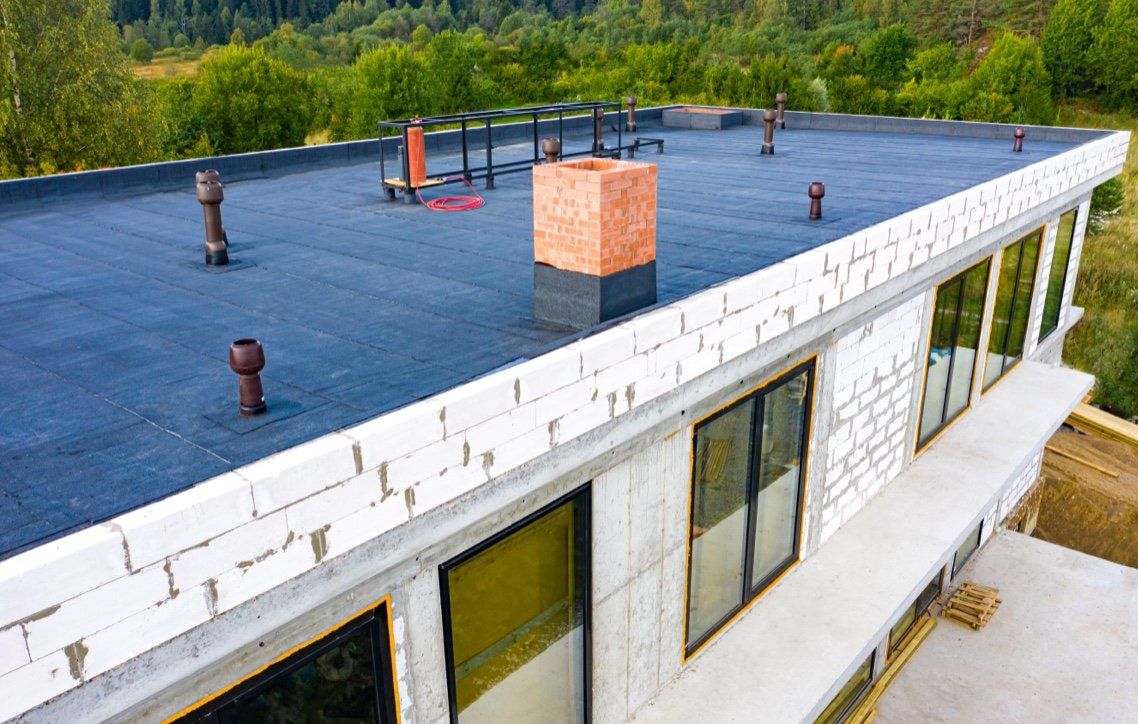Every season brings its own set of challenges for your roof. From the heat of summer to the freeze of winter, understanding how different weather conditions impact your roof can help you prolong its lifespan. Here are some seasonal roofing tips to keep your roof in top condition year-round.

The Weather Effects: Rain, Snow, and Heat on Your Roof
Rain: Persistent rain can lead to leaks, mold, and erosion if your roof isn’t properly sealed. Standing water can damage shingles and cause rot in wooden structures.
Snow and Ice: Snow buildup can cause your roof to sag or even collapse if left unchecked. Ice dams form when melting snow refreezes at the roof’s edge, blocking drainage and causing leaks.
Extreme Heat: Excessive heat can cause shingles to warp, crack, or even buckle. The expansion and contraction of roofing materials in hot weather can weaken their structure over time.
Getting Your Roof Ready for Extreme Weather
Taking steps to protect your roof from extreme weather is essential. Here are some tips to keep your roof safe during harsh conditions:
- Clean gutters: Ensure that gutters and downspouts are clear of debris to prevent water backup during rain or snow melt.
- Check your shingles: Examine your shingles and replace any that are damaged or missing to prevent leaks and additional damage.
- Seal roof cracks: Look for cracks or gaps and seal them to prevent water from seeping into your roof during storms or snowmelt.
- Ensure proper insulation: Proper insulation helps keep your home energy-efficient and prevents the formation of ice dams.
Regular Roof Inspections and Repairs
To keep your roof in peak condition, Weathercraft suggests having it inspected twice a year—once in spring and once in fall. We’ll identify weather-related damage and make recommendations for repairs and upgrades to protect your roof from harsh weather.